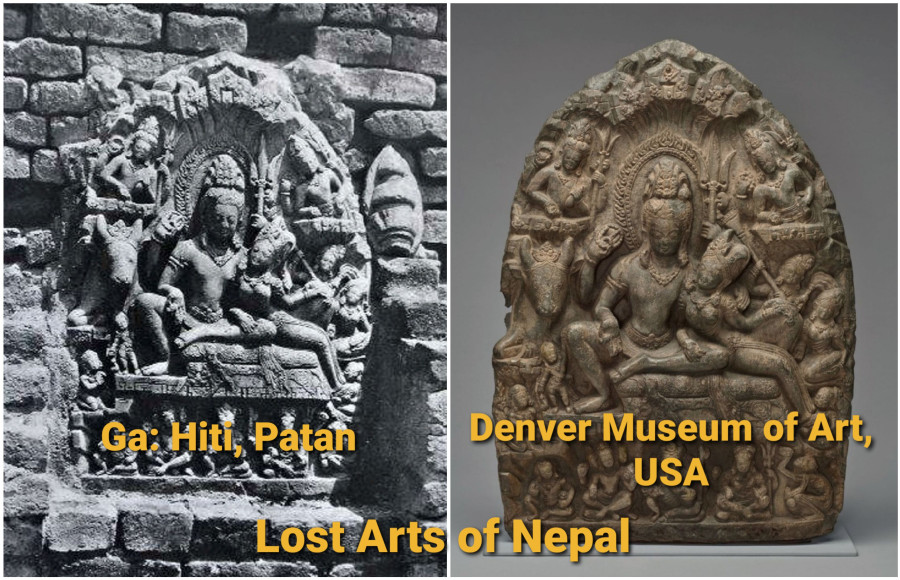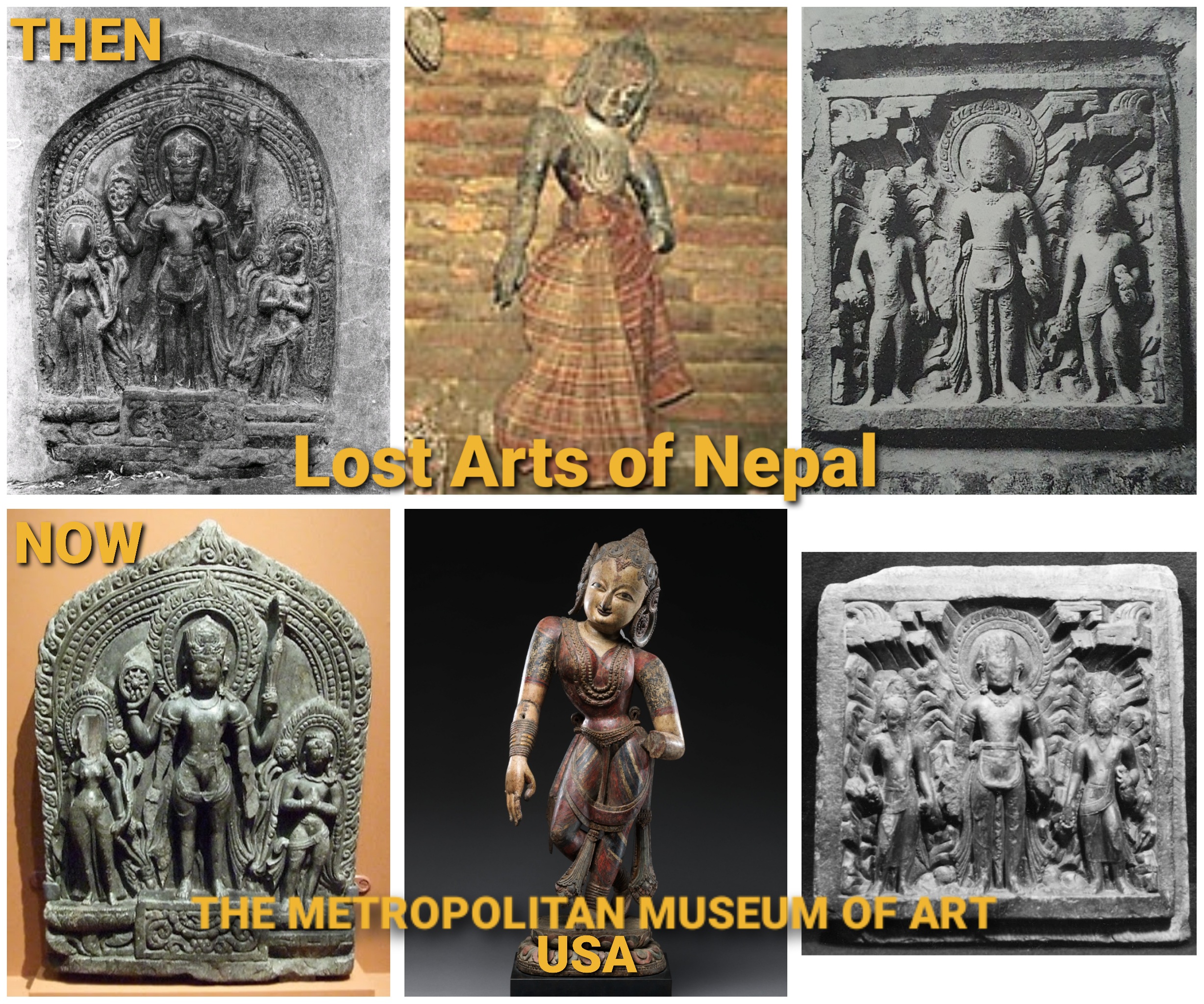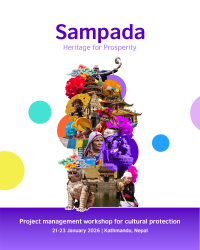Culture & Lifestyle
Repatriating Nepal’s stolen artefacts
Started in 2015, Lost Arts of Nepal, a Facebook page, has been informing people about Nepal’s stolen artefacts and their current whereabouts.
Ankit Khadgi
For many art historians, cultural experts and heritage activists, this year’s April was a remarkable month. After nearly 40 years of its disappearance, the statue of Laxmi Narayan, an important stolen artefact, was returned to Nepal.
Stolen in 1984, the 800-year-old statue was originally kept in Narayan Temple of Patan’s Patko Tole. The locals of the area worship the statue as their patron deity, and in 1993, a few years after the statue was stolen, the locals made a replica of it to continue worshipping the deity. The original statue of Laxmi Narayan was spotted at the Dallas Museum of Art, which had been ‘exhibiting’ it since 2007.
It was only after the incredible efforts of many journalists, diplomats, and heritage activists that the statue was finally repatriated. Lost Arts of Nepal, a Facebook page, played an integral role in getting back the statue by bringing to the notice of people and authorities the lost statue and its whereabouts.
Founded in 2015, the Facebook page is dedicated to informing people of the whereabouts of Nepal's stolen artefacts.
According to the page’s admin, who spoke to the Post on the condition of anonymity, the reason for starting the page was very simple.
“As someone who had always had a keen interest in Nepali art and its history, I have been, for the past 20 years, recording photographs and information about our gods and goddesses placed in foreign museums. The museums gave me access to view images that could have been inaccessible to us in Nepal. In the process, I kept on finding so much information that I couldn't keep track of it,” says the admin. “I realised that the extent of loss of our heritage is much more than what is known or published. So I decided to create a platform that could foster conversations around the lost heritages of Nepal and make as many people as possible aware of artefacts that have been stolen.”
And what could have been the best platform besides Facebook, which is the most popular and widely used social media app in Nepal.
“In 2015, I started posting on Facebook details of lost artefacts and their present locations so that the government, scholar community and even the general public could be aware of our lost heritage beyond the current boundaries of information,” says the admin, who has now set up similar accounts on Instagram and Twitter.
Since there wasn’t a single social media page dedicated to making the general public aware about Nepal’s stolen artefacts that are currently ‘exhibited’ by international museums, it didn’t take long for people to notice the Facebook page of Lost Arts of Nepal. People immediately appreciated the page’s effort and the posts started garnering positive responses from the general public.
For the page’s admin, it has been a huge responsibility and a rigorous undertaking from day one to ensure that information disseminated about the artefacts, their history, how they got stolen and where they are now are credible.
“In general, whenever I come across an artefact of interest, I will try to match with the records that I have based on my 20 years of visits to foreign museums. Similarly, old photographic records are also my main resource for information. I also refer to books and articles published by researchers and scholars of earlier generations,” says the admin.
Currently, the Facebook page has almost 15,000 likes. The page’s posts primarily feature images of artefacts, both before and after they were stolen, and pertinent information about the whereabouts of the artworks. Similarly, the admin also operates a public group on Facebook called People for Lost Arts of Nepal, where anyone can contribute and share information on Nepal’s stolen artefacts.
From artworks like tudals, paintings, sculptures, and idols, with some even dating back to the 10th century, the page has been actively tracing the stolen artefacts for the past six years and raising awareness about such artefacts. Last month, the page played a major role in cancelling an auction of five gilded bronze statues in France. The statues were stolen from Patan’s Taleju Temple. The Lost Arts of Nepal’s page was the one that discovered the statues’ whereabouts.
Seeing the real world impact of the information disseminated by the Facebook page provides huge motivation to continue the work, says the admin.
“It's encouraging to witness how our efforts are making people aware of their heritage. Plus, to see the increasing media coverage of the artefacts has been a rewarding experience,” says the admin.

The Facebook page also played a role in helping repatriate several idols including Uma Maheswora from Tangal Hiti and Dhulikhel, standing Buddha of Yatkha, Sridhara Vishnu from Kumbeswore by posting about these stolen statues and drawing the attention of the concerned authorities.
However, according to the admin, there are several other artefacts kept in private collections and international museums that need to be returned, and the admin has been using the page to make people aware of such artefacts as well.
“Yes, we should be thankful to the museums for preserving our artefacts and making us realise their value and importance. People don't value things until they're lost. Museums in the West have acted as the custodians of many of our artefacts for years, but now we want them back,” says the admin. “What foreign museums and private collectors should understand is that our gods are not for sale. Our gods are not mere objects of decoration or curiosity. They represent our faith. Our gods must return home.”
And for the stolen artefacts to return, the admin believes that the government has a huge role to play.
“To effectively and efficiently repatriate stolen artefacts, the government should establish a dedicated unit with members from the Department of Archaeology, law enforcement agencies, foreign affairs, scholars and heritage conservationists,” says the admin.
While repatriating stolen artefacts is very important, the admin believes that it is equally important to focus on the restoration of artefacts in the country.
“Our government should have effective plans and policies regarding repatriation and restitution of stolen artefacts. The state should be able to convince that repatriated artefacts will be well taken care of. Then, any private collectors will also be willing to donate or return the artefacts,” says the admin.




 12.12°C Kathmandu
12.12°C Kathmandu















